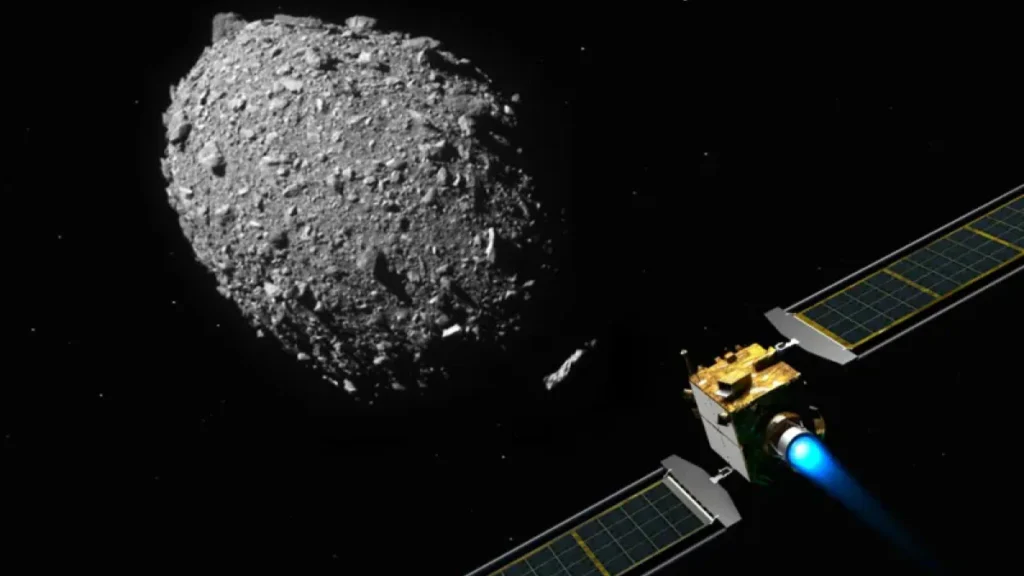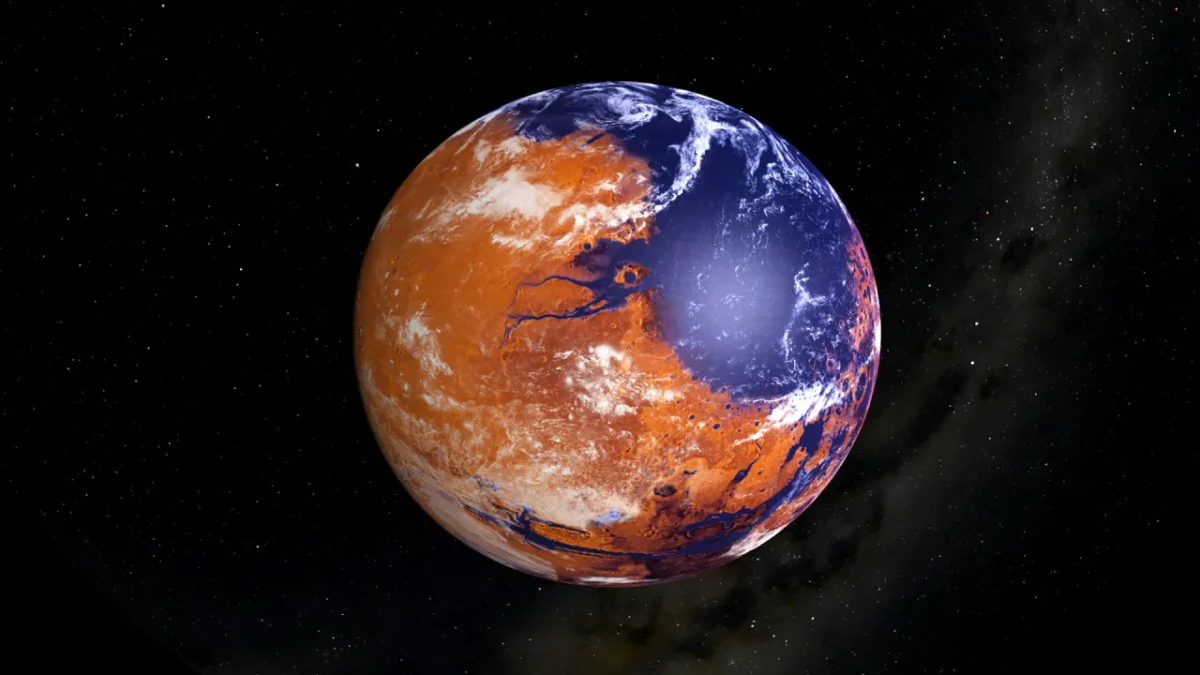The recently observed asteroid 2024 ON, resembling a snowman, safely flew by Earth, providing a unique glimpse into its contact binary structure.
On September 17, 2024, asteroid 2024 ON made headlines as it zipped past Earth, providing a rare opportunity for scientists to study a snowman-shaped space rock. Classified as a potentially hazardous asteroid, 2024 ON captured attention due to its close approach to our planet, although it posed no immediate threat. The asteroid flew safely at a distance of 620,000 miles, which is more than twice the distance between the Earth and the Moon.
NASA’s Goldstone Solar System Radar in California was instrumental in capturing radar images of the asteroid. These images revealed its intriguing structure, measuring approximately 1,150 feet (350 meters) in length. Notably, 2024 ON is characterized by two distinct lobes, with one being about 50% larger than the other. This unique configuration is classified as a “contact binary,” which occurs when two smaller asteroids merge due to gravitational forces, creating an object with a shape reminiscent of a snowman.
The high-speed journey of 2024 ON was remarkable, as it traveled at an impressive speed of 19,842 mph (31,933 kph). This velocity is roughly 26 times the speed of sound, emphasizing the asteroid’s rapid transit through the solar system. Despite its considerable size and speed, scientists confirmed that it did not pose any danger to Earth during its close flyby.

The discovery and observation of 2024 ON contribute significantly to our understanding of contact binaries and the conditions under which they form. These findings can help scientists piece together the history of asteroids and their evolution in the solar system. Studying such objects also provides valuable insights into the early solar system, potentially shedding light on the processes that led to the formation of planets.
Additionally, the successful observation of 2024 ON showcases the capabilities of modern radar technology in tracking and studying near-Earth objects. By utilizing radar systems, astronomers can obtain detailed information about an asteroid’s shape, rotation, and surface features, which are crucial for assessing any potential risks posed by such celestial bodies.
In conclusion, asteroid 2024 ON’s recent passage serves as a reminder of the dynamic nature of our solar system and the importance of continued monitoring of near-Earth objects. As scientists analyze the data gathered during this flyby, they will undoubtedly deepen our understanding of the complexities of asteroids and their role in the broader context of cosmic evolution.











